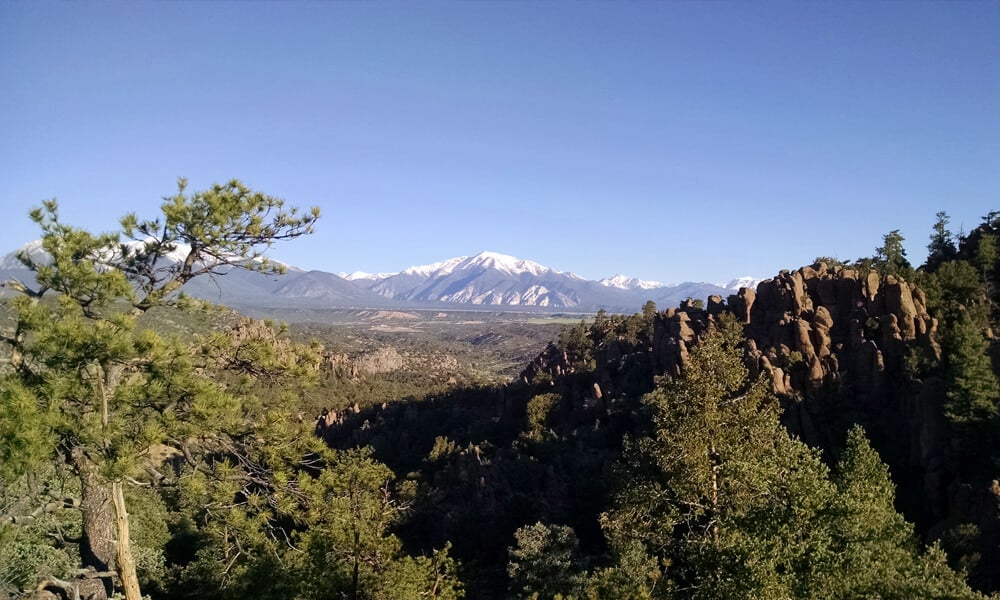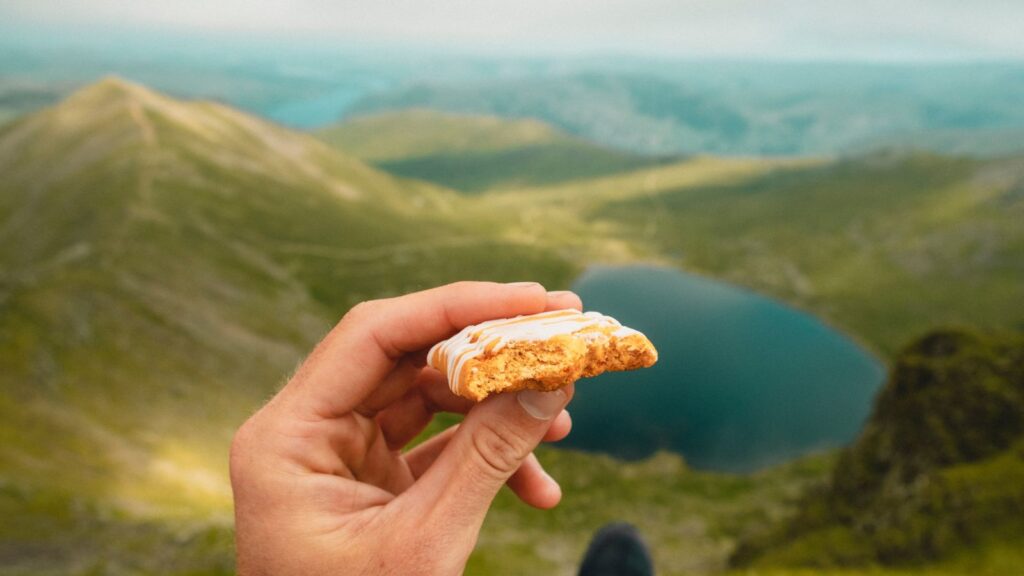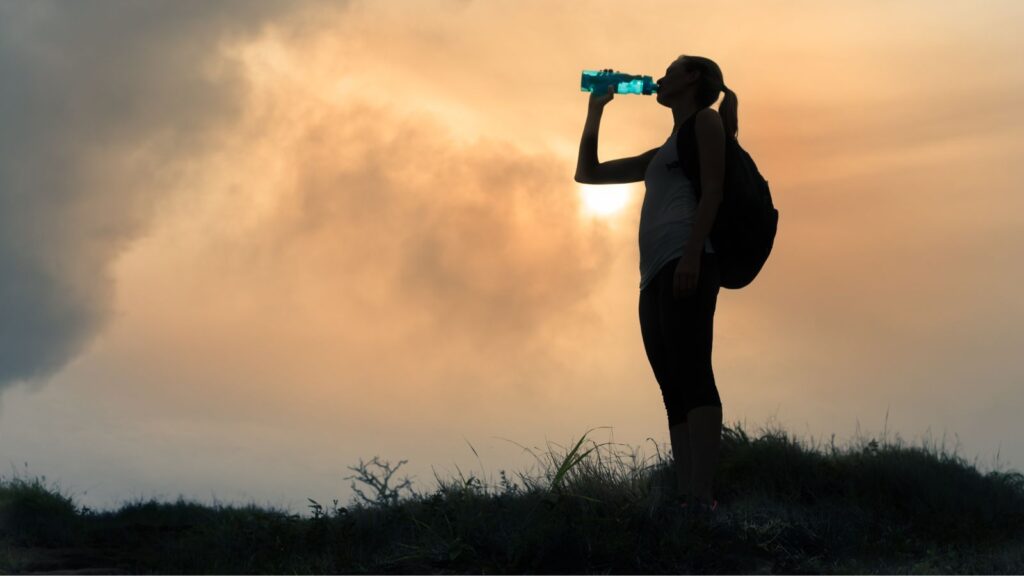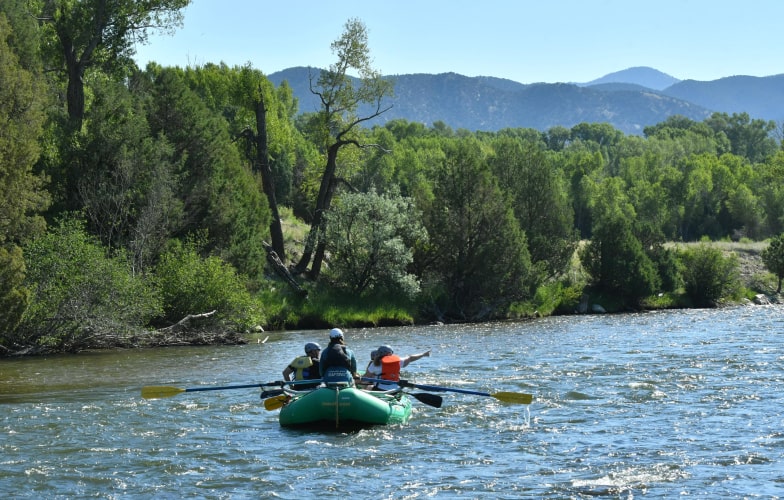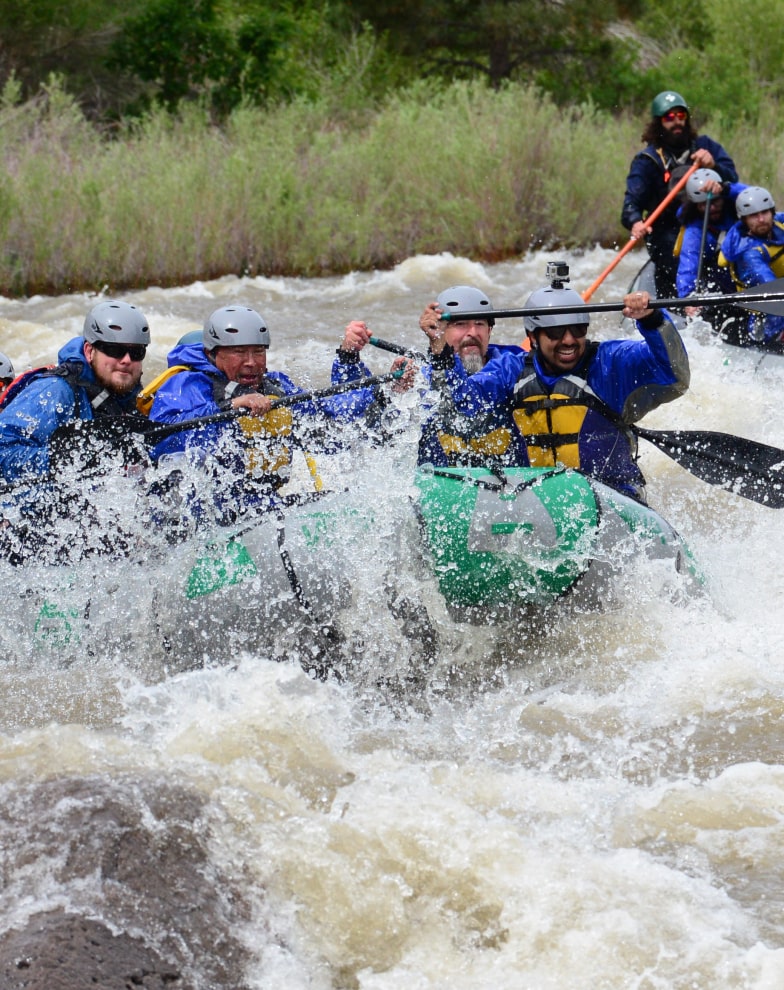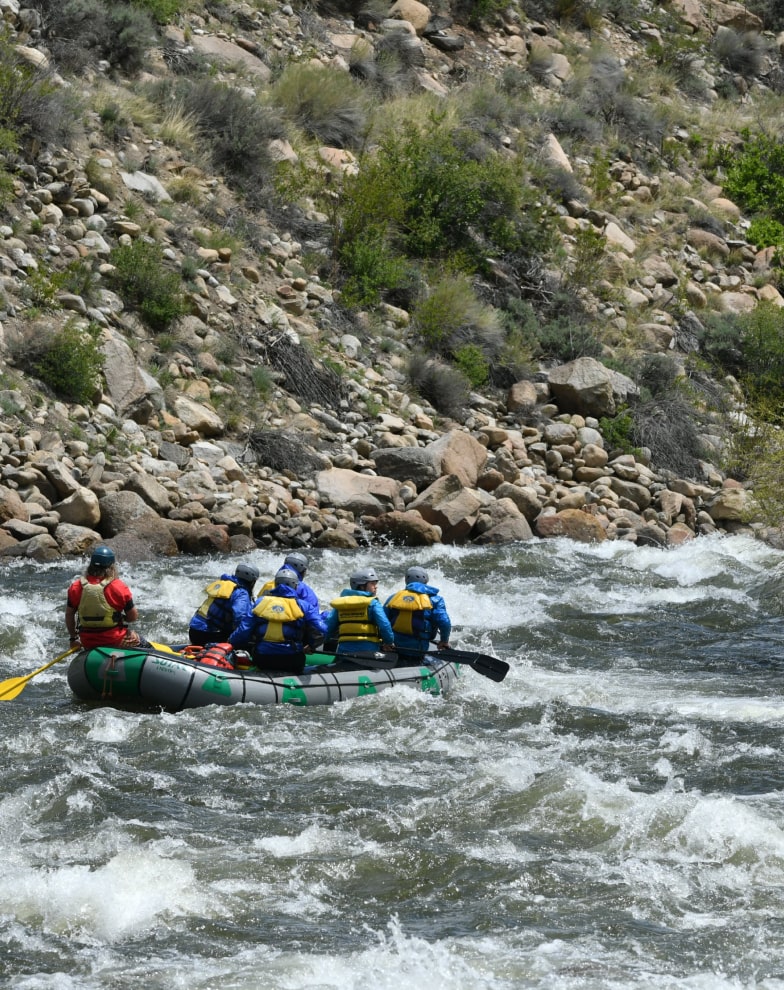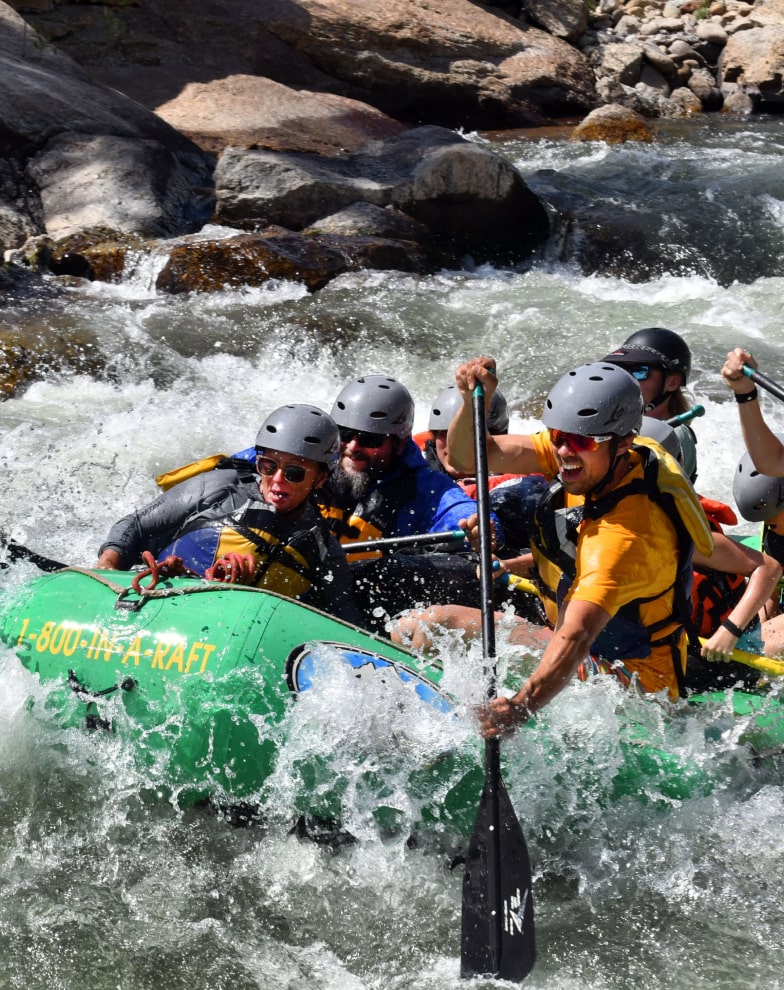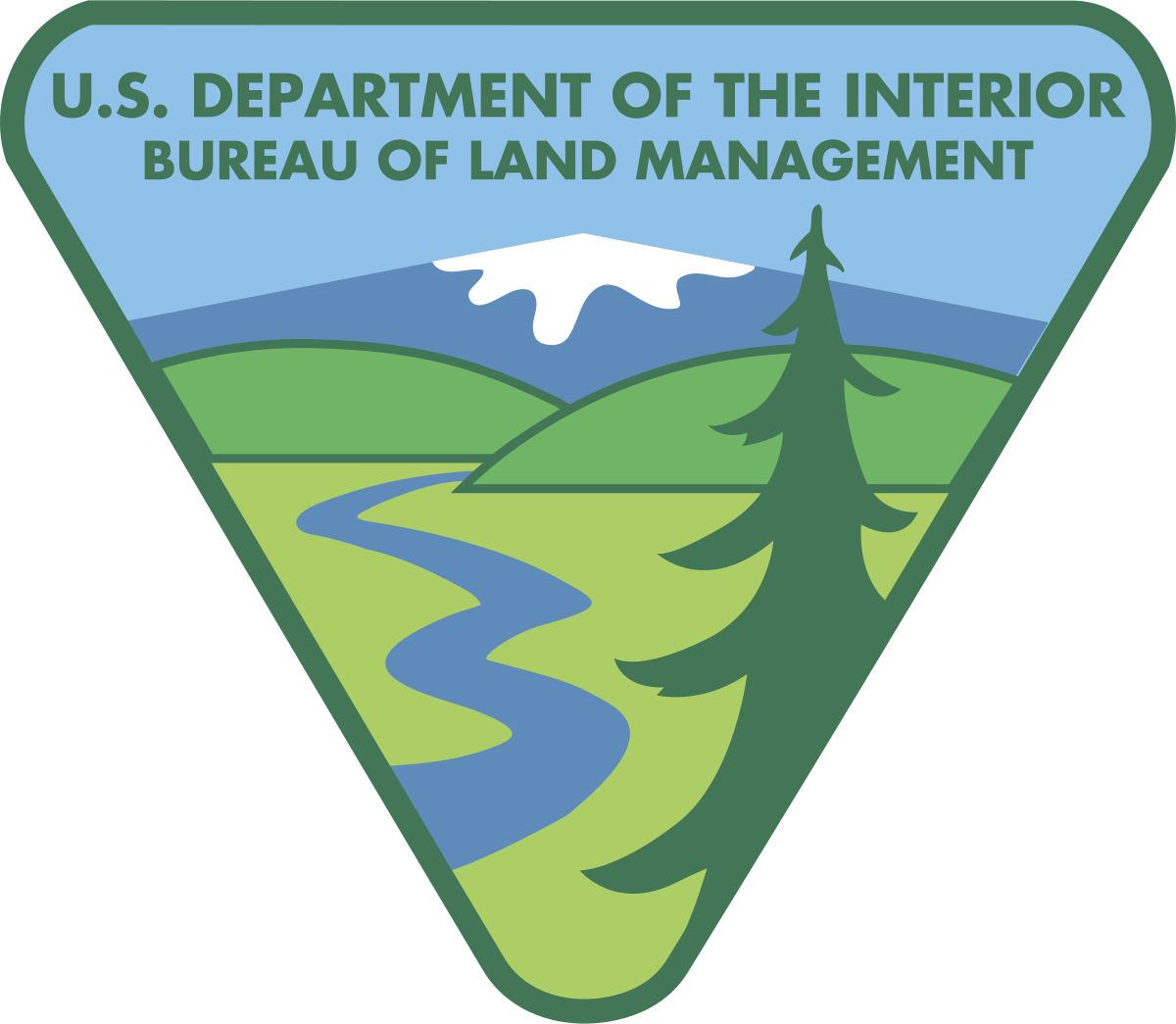Wondering how to adjust to altitude sickness and not get sick? We’ve got 9 tips to help you adjust to altitude and stay healthy at higher elevations. From boosting your water intake and getting plenty of rest to easing into physical activity and increasing your potassium levels, these simple steps can help reduce your chances of getting sick. Keep reading for the full list!
Table of Contents
There’s no need to end the fun and leave the mountain to alleviate your altitude sickness – this handy guide will help! Here’s how to adjust to altitude changes so you can focus on enjoying your trip.
You don’t have to hit the slopes or visit Peru to start feeling the pain from altitude sickness. Whether it’s shortness of breath, nausea, or exhaustion, it can totally wreck your trip. Here’s how you can adjust to altitude quickly and safely, so you can get on to having an amazing trip.
What is Altitude Sickness?
As you’re going higher in elevation, you start taking less oxygen per breath – this causes altitude sickness. According to the CDC,
“If you plan to travel to an elevation higher than 8,000 feet above sea level or higher, you may be at risk for altitude illness, which is caused by low oxygen levels in the air.” – Center for Disease Control and Prevention
The process starts at around 5,000 feet, and as you go higher (about 9,800 feet), the odds of experiencing altitude sickness increase substantially. At that altitude, about 75% of people will feel some symptoms. If you’ve never experienced a substantial gain in elevation, chances are you’ll notice some changes in how you’re feeling. Thankfully, there are ways to prepare your body for adjusting smoothly.
One thing to note: it’s not just going to these heights that causes the problem – it’s caused more by the speed of ascent. The best way to avoid altitude sickness is to gain elevation slowly, which allows your body to acclimate to the change in elevation.
How Long Does It Take to Adjust to Altitude Changes?
Your body can take a few days—or even a couple of weeks—to fully adjust to higher altitudes. How long it takes depends on a few things:
How high you’re going
Your personal genetics
Your fitness level
How fast you climbed to that altitude
What Type of Symptoms Might I Experience?
Fortunately, serious symptoms like High Altitude Pulmonary Edema (HAPE) or High Altitude Cerebral Edema (HACE) only happen at extremely high altitudes, far higher than most people will ever go.
You are more likely going to experience milder symptoms such as shortness of breath, headaches, and other annoying (but certainly not debilitating) symptoms.
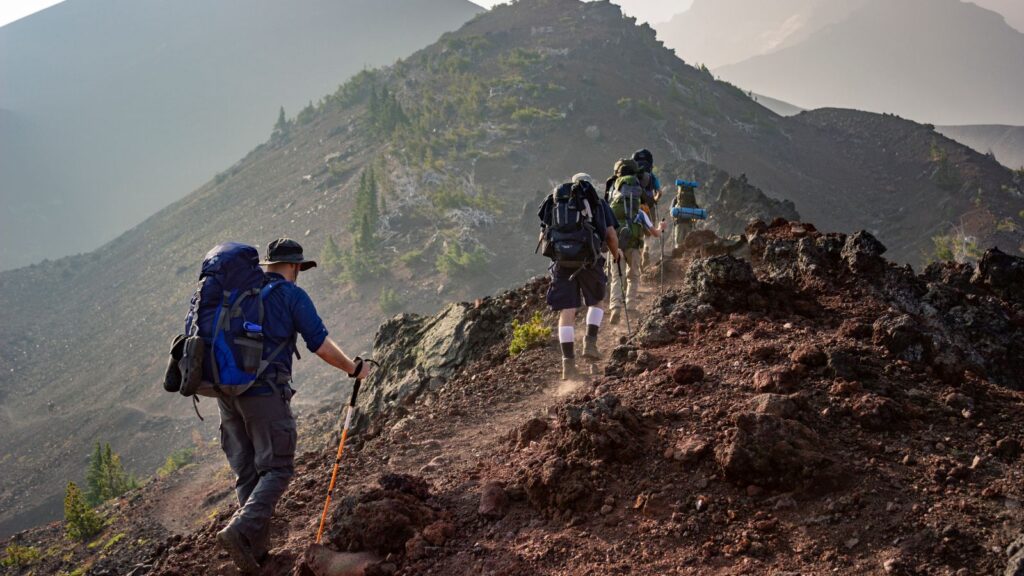
How to Adjust to Altitude
1. Drink Lots of Water
As you gain altitude, your body tends to lose water and salt faster than you’re used to. When combined with the dry air and physical activity a trip to Colorado usually involves, it’s no wonder dehydration is such a problem. Many of the symptoms of altitude sickness mirror those of dehydration, so consistently drinking water throughout the day goes a long way to getting you acclimatized quickly.
2. Reduce Your Exercise
As you gain elevation, the air gets thinner so each breath you draw contains less oxygen. Over time, your body strengthens and adjusts to accommodate this, which is why endurance athletes often train at extremely high altitudes in places such as Peru or Nepal. In the short term, however, your cardiovascular system is working harder. Each breath contains less oxygen, so each heartbeat contains less oxygen, making your heart beat faster. In other words, your body is working harder to do the same thing you would do at sea level. In order to give your body time to adjust, it’s best to take it easy for a few days when you first get to 5,000+ feet. After a few days of moderate activity, you’ll be ready to ramp back up to full throttle.
3. Get Enough Sleep
One of the symptoms of altitude sickness is insomnia, so it can be hard to get enough rest. However, a good night’s sleep can do wonders to help you kick the problem. One common suggestion is descending to a lower elevation (if possible) to sleep at night. If this isn’t an option, it’s best just to push on and get through the first few days of acclimation. Don’t underestimate the power of a little cat nap if you can sneak one in during your day!
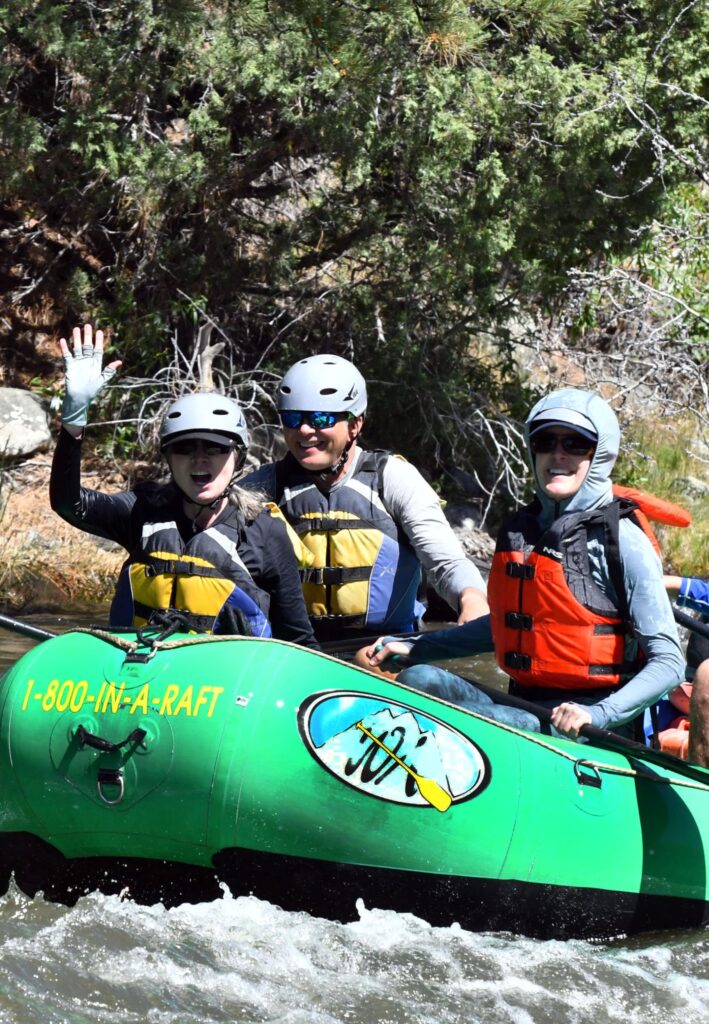
4. Limit Your Alcohol Intake
Alcohol hits a lot harder when you’re trying to acclimatize, so the best thing you can do is take it easy and not drink your first few nights in town. Alcohol often replicates many of the symptoms of altitude sickness (nausea, dizziness, fatigue, light-headedness) so it’s a bit like doubling down on your body in terms of a negative impact. Another reason to lay off on drinking is because of the general challenge it is to stay hydrated while acclimatizing to a higher altitude. Alcohol dehydrates you, so consuming it only worsens your hydration situation. Your safest option is waiting 48 hours before you hit the bars. After this period, you should be acclimatized enough to handle the effects of drinking at altitude.
5. Increase Your Potassium Levels
Potassium loss is a pretty standard symptom if you’re feeling dehydrated from the dry air at elevation. It can be a major pain – literally. Muscle cramping is commonly associated with low potassium levels. Fortunately, it’s an easy nutrient to replace. Foods like bananas, avocados, spinach, yogurt, and kale are all high in potassium so getting enough without supplements shouldn’t be too hard (even for the pickiest of picky eaters).
6. Protect Yourself From the Sun
At altitude, the air is thinner and as a result, there’s more exposure to the sun. Denver, for example, with an altitude of only one mile (5,280 feet), receives 25% less natural protection from the sun than you’d find at sea level.
With this in mind, sun protection is an absolute must:
- Carry and use sunscreen at all times (the higher SPF, the better!)
- Use lip balm with SPF in it – don’t be the one to forget about your lips
- Invest in a comfy pair of sunglasses you can wear all day
- Get a wide brimmed sunhat that covers your face, neck, and ears
7. Consume More Calories
Because of the reduced number of oxygen molecules in the air, your body works much harder to keep everything working. As such, it needs a lot more fuel. A high-calorie diet combining complex carbohydrates, proteins, and fats will help keep you full and keep your body running smoothly. Surprisingly one of the best foods you can eat while you’re at a high altitude is a Snickers bar. The combination of sugar, fat, and protein makes these tasty morsels perfect to keep you going all day long.
8. Consider Taking Acetazolamide
Acetazolamide is a drug that helps treat altitude sickness by fixing the chemical imbalance caused by ascending to a high altitude too quickly. Common side effects are mild, for example, needing to urinate more often, and people generally have a positive experience with acetazolamide. Make sure to ask your doctor for their opinion before you take anything, and start taking it a few days before your trip to prepare.
9. Gain Elevation Slowly
To minimize altitude sickness, gain elevation gradually, allowing your body to adapt at a comfortable pace. This approach gives your body time to adjust to reduced oxygen levels and decreases the chances of uncomfortable symptoms. Ideally, limit your ascent to no more than 1,000–1,500 feet per day once you’re above 8,000 feet. If you must ascend faster, taking a rest day at a mid-level altitude can help your body acclimate. Giving yourself extra time to adapt will make your overall experience more enjoyable and reduce health risks associated with rapid
Rafting at High Altitude
At Wilderness Aware, the rivers we raft on are located between 5,000 and 8,000 feet. Given the altitude, we take extra precautions and encourage our rafters to keep all of these suggestions in mind as they prepare for Browns Canyon rafting trips as well as other Arkansas River rafting and Buena Vista rafting adventures. While most people have little to no issues adjusting to the elevation, we recommend arriving at least a day in advance of a rafting trip (or really any adventure at altitude) to give extra time to acclimate. And, STAY HYDRATED!
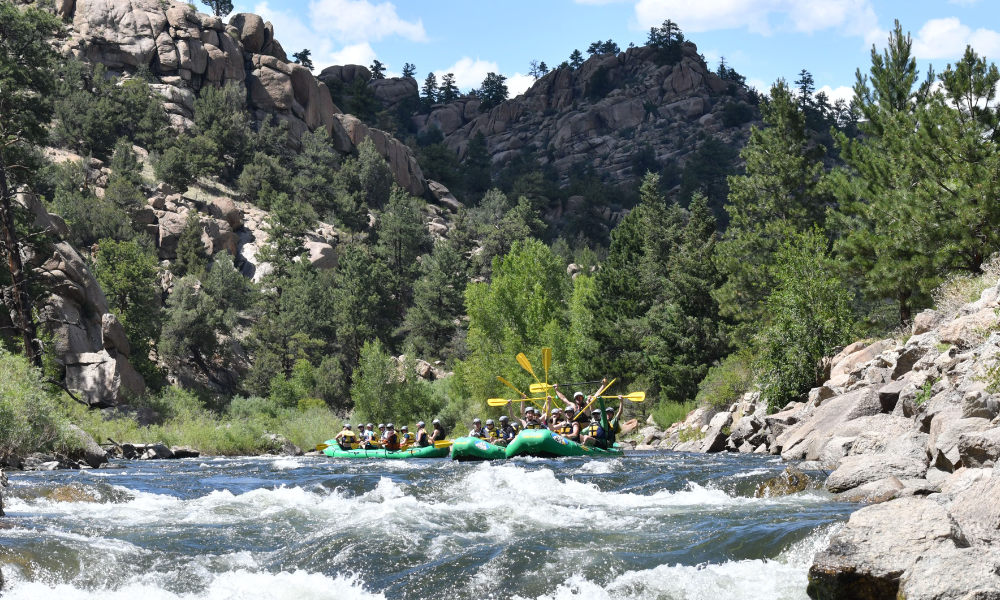
Get Out There!
Now you know how to adjust to high-altitude living. The good news is that for the vast majority of people, symptoms typically fade within the first two or so days. If it ever gets really bad, you can always descend to a lower altitude to recoup and catch your breath (literally). Ready for an adventure? Get in touch and start planning the perfect trip for you!
